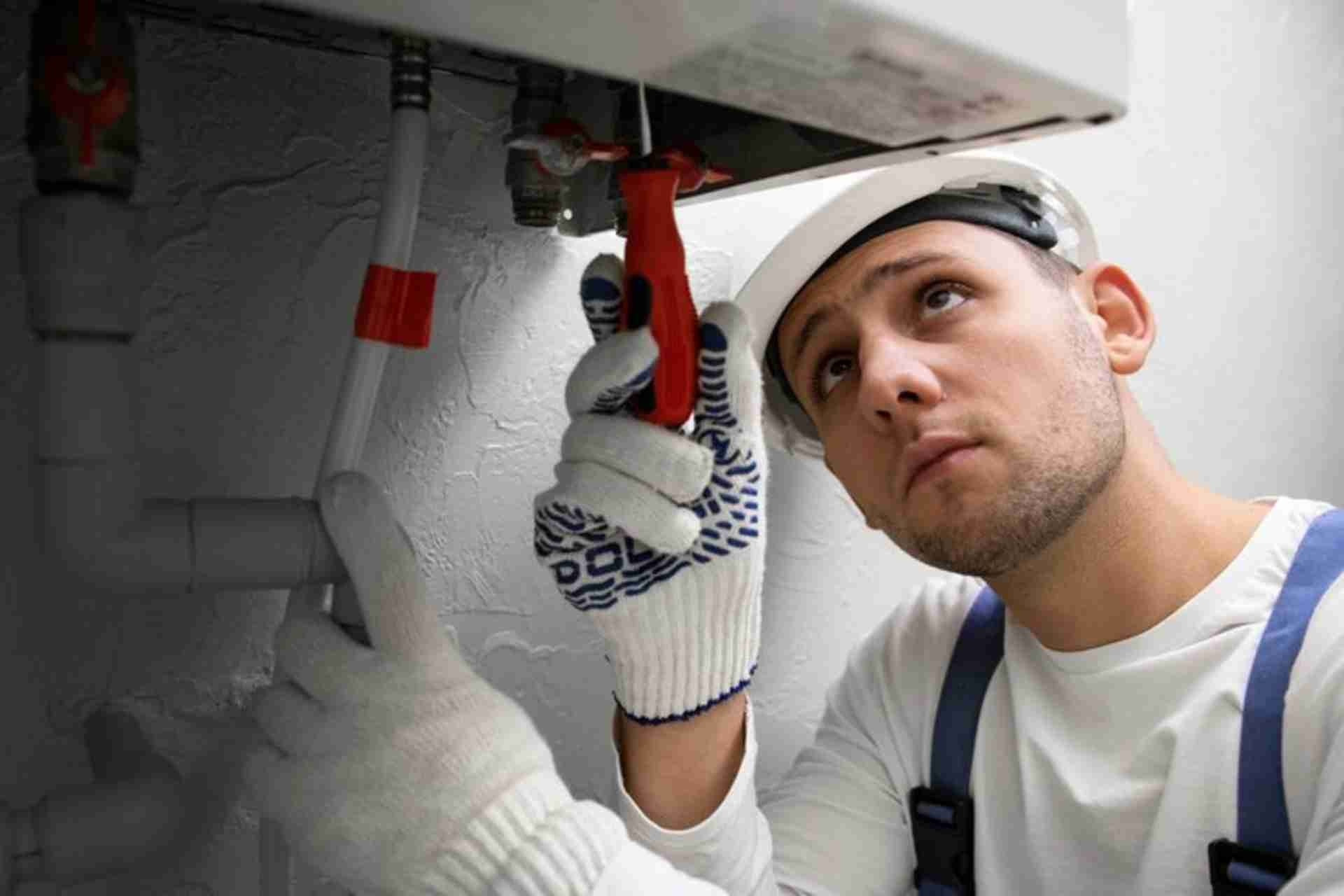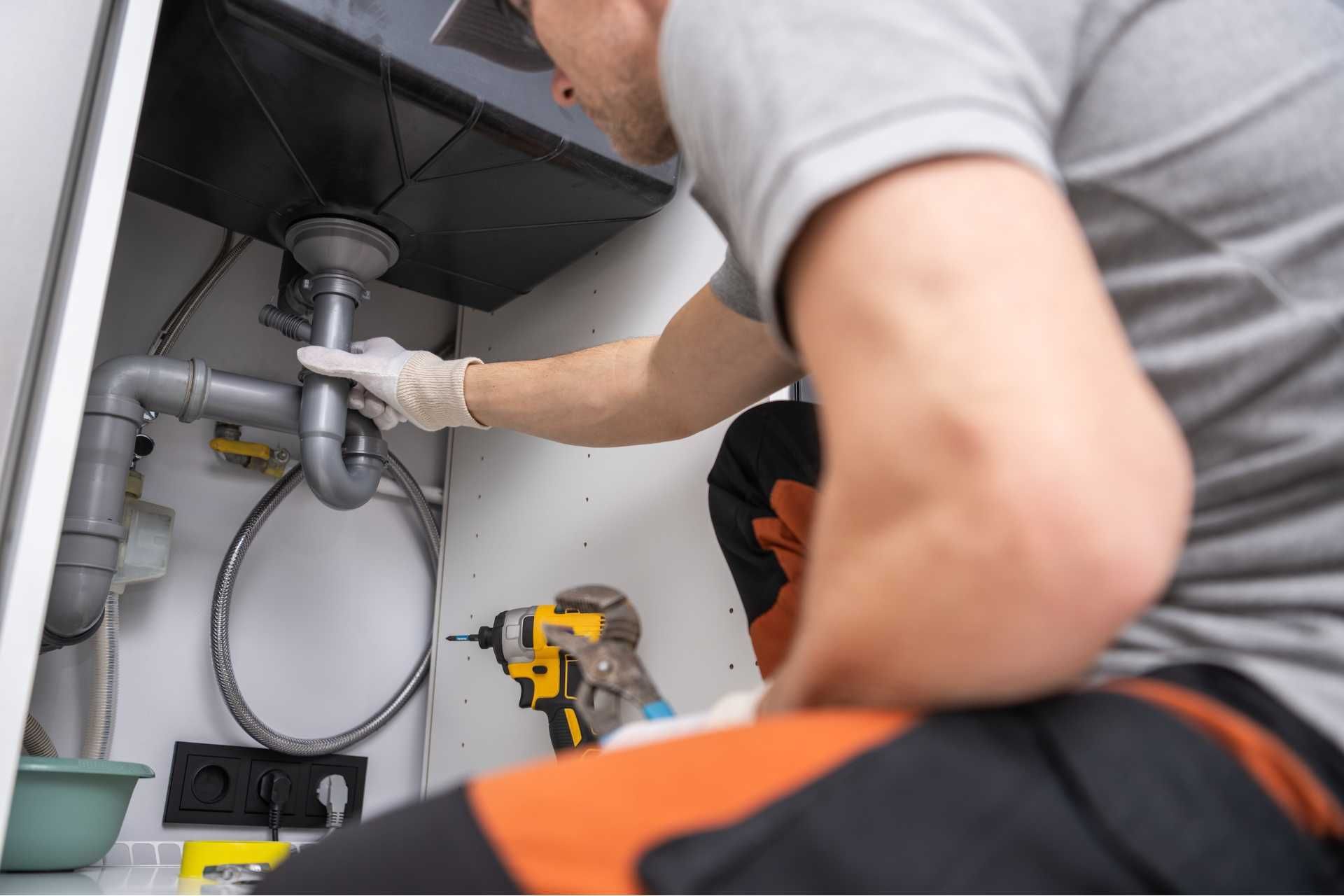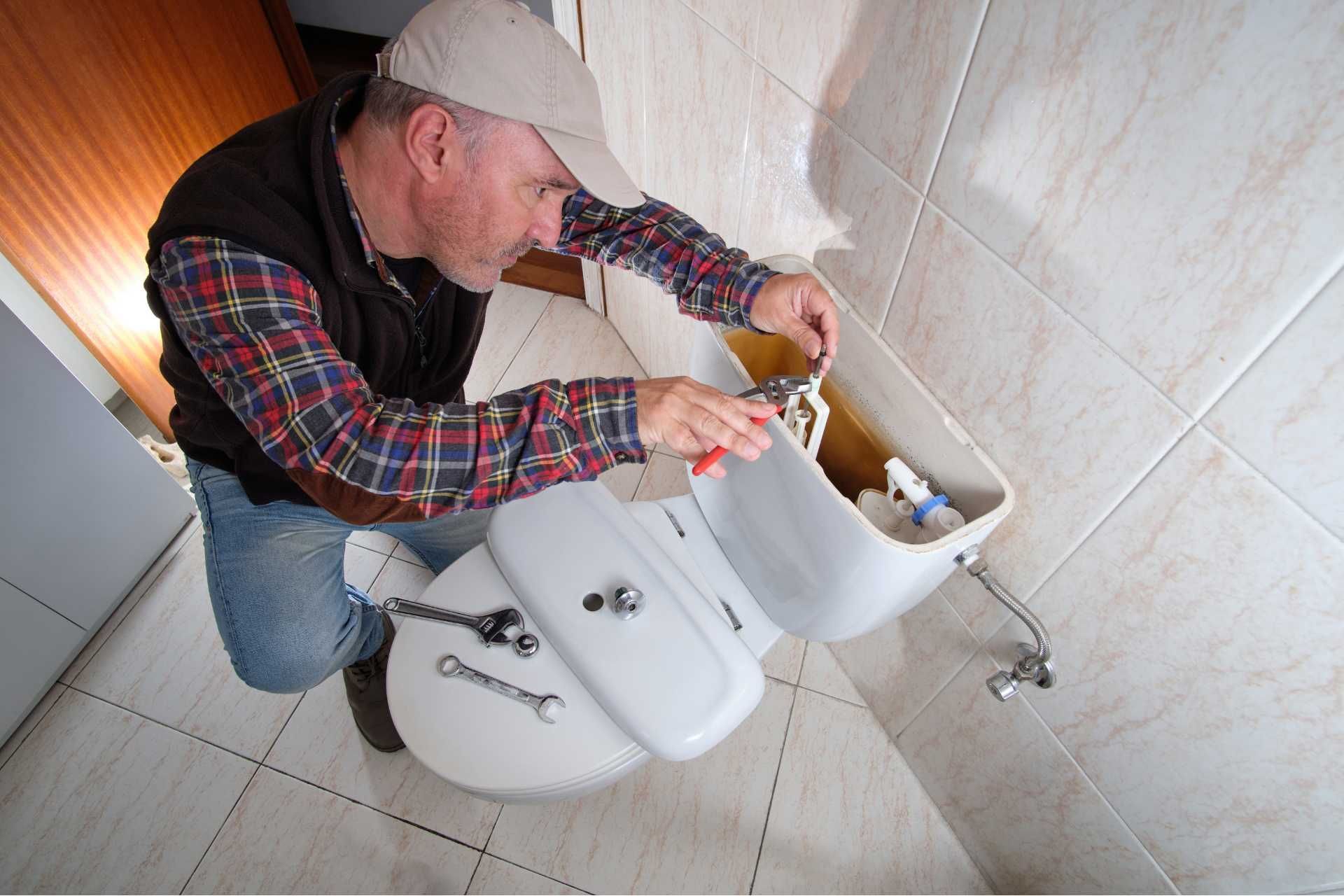When to Flush Water Heater Tank

A water heater tank is a storage tank that heats and stores water for household use. The tank is filled with water, which is heated using a heating element or gas burner. As water is used in the home, it is replaced with fresh cold water that is heated and stored until it is needed. Water heater tanks come in various sizes and designs to meet the hot water needs of different households. Some tanks are insulated to help retain heat and improve energy efficiency. Regular maintenance and upkeep of the tank are essential to ensure it continues to function properly and provide hot water to the home.
Flushing your water heater tank is an important maintenance task that should be done regularly to ensure efficient operation and prevent damage to the unit. Over time, sediment and mineral deposits can accumulate at the bottom of the tank, reducing its efficiency and potentially causing it to fail. In this blog post, we will discuss when and how to flush water heater tank to keep it running smoothly and avoid costly repairs.
How to Flush the Water Heater Tank
Flushing your water heater tank is important to remove any sediment or buildup that can reduce its efficiency and lifespan. Here are the steps to flush your water heater tank:
- Turn off the power supply to the water heater. For electric water heaters, you can switch off the power at the circuit breaker. For gas water heaters, you can turn off the gas supply.
- Allow the water heater to cool down for at least an hour before starting the flushing process.
- Locate the drain valve at the bottom of the water heater tank. Attach a garden hose to the valve and place the other end in a suitable drainage area, like a floor drain or outside.
- Open a hot water faucet in your home to let air into the tank and help with drainage.
- Open the drain valve on the water heater and let the water flow out. Be careful as the water may be hot.
- Once the water turns clear, close the drain valve and disconnect the hose.
- Turn on the cold water supply to the water heater to flush out any remaining sediment and debris.
- Once the water runs clear from the hot water faucet you opened earlier, close the faucet and turn the power supply back on to the water heater.
When should a Water Heater Tank get Flushed?
A water heater tank should be flushed on a regular basis to prevent sediment buildup, improve energy efficiency, and prolong the lifespan of the appliance. It is generally recommended to flush a water heater tank at least once a year, but the frequency may vary depending on the hardness of the water in your area and the age of the water heater.
If you notice any signs of sediment buildup, such as a decrease in hot water temperature, strange noises, or discolored water, it may be a good idea to flush the tank more frequently. It is also a good idea to flush the tank if you are experiencing any other issues with your water heater, such as leaks or odd odors.
How Often to flush the water heater tank
It is recommended to flush the water heater tank at least once a year to remove sediment and debris that may have accumulated inside. Some manufacturers also suggest flushing the tank every 6 months to ensure optimal performance and efficiency. If you notice discolored water, strange noises, or decreased water temperature, it may be a sign that your water heater tank needs to be flushed more frequently.
What happens if you don’t flush your water heater Tank?
If you don't flush your water heater tank regularly, it can lead to a buildup of sediment and minerals inside the tank. This can cause a decrease in the efficiency of the water heater, as the sediment can insulate the heating elements and cause them to work harder to heat the water.
Over time, the buildup of sediment can also lead to corrosion and damage to the tank, potentially causing leaks and the need for expensive repairs or even a full replacement of the water heater. Additionally, the sediment can affect the quality of the water coming out of the taps, as it can be discolored or cloudy.
Regularly flushing your water heater tank is important to maintain its efficiency, prolong its lifespan, and ensure the quality of the water in your home
Signs Your Water Heater Tank Needs to Be Flushed
1. Sediment buildup: If you notice a buildup of sediment at the bottom of your water heater tank, it's a sign that it needs to be flushed. Sediment can affect the efficiency of your water heater and cause it to work harder, leading to higher energy bills.
2. Strange noises: If you hear popping or rumbling noises coming from your
water heater, it could be a sign of sediment buildup that needs to be flushed out. This buildup can cause the water heater to overheat and make strange noises as it tries to heat the water.
3. Discolored water: If you notice that the water coming out of your faucets is discolored or has a rusty tint, it could be a sign that your water heater tank needs to be flushed. Sediment buildup can cause the water to become discolored as it passes through the tank.
4. Reduced hot water flow: If you are experiencing reduced hot water flow or inconsistent water temperature, it could be a sign that your water heater tank needs to be flushed. Sediment buildup can clog the pipes and reduce the flow of hot water through your plumbing system.
5. Burnt smell: If you notice a burnt smell coming from your water heater, it could be a sign that the sediment in the tank is overheating and burning. This can not only affect the efficiency of your water heater but also pose a safety hazard.
6. Increased energy bills: If you notice a sudden increase in your energy bills without any other explanation, it could be a sign that your water heater tank needs to be flushed.
Sediment buildup can cause your water heater to work harder and consume more energy to heat the water.
7. Age of the water heater: If your water heater is older than 5-10 years and you haven't flushed it recently, it's a good idea to schedule a flush to maintain its efficiency and extend its lifespan. Regular maintenance, including flushing the tank, can help prevent costly repairs or premature replacement.
Schedule a Water Heater Tank Flushing with Tru Flo Plumbing
To schedule a water heater tank flushing with
Tru Flo Plumbing, please contact us at (1-877-783-TRUE (8783). Our team will work with you to find a convenient time for the service and provide you with all the necessary information. Thank you for choosing Tru Flo Plumbing for your plumbing needs!
Address: 3215 Dix Hwy, Lincoln Park, MI 48146 | Phone: 1-877-783-TRUE (8783)
Copyright © 2023 Tru-Flo Plumbing, All Rights Reserved











